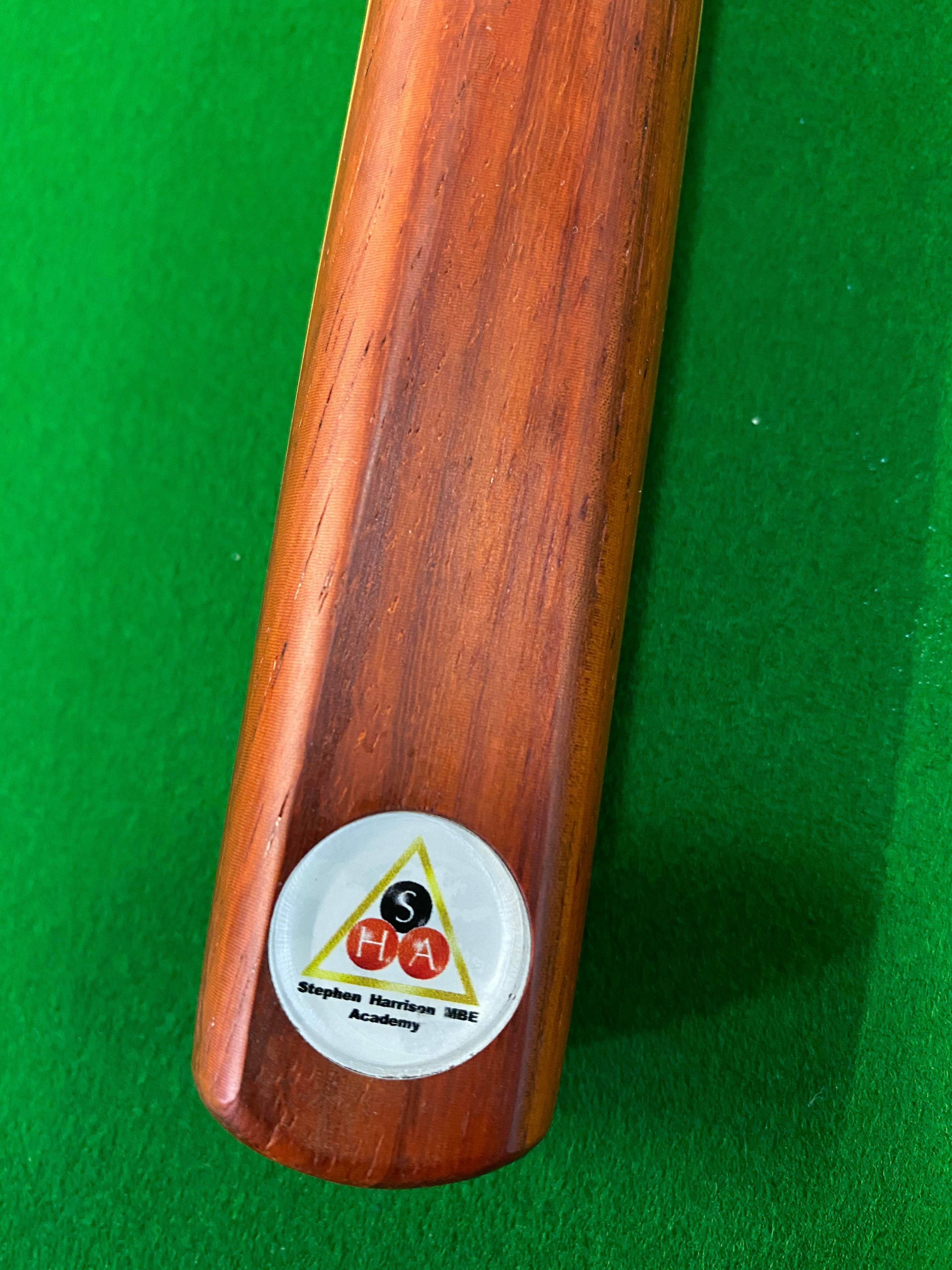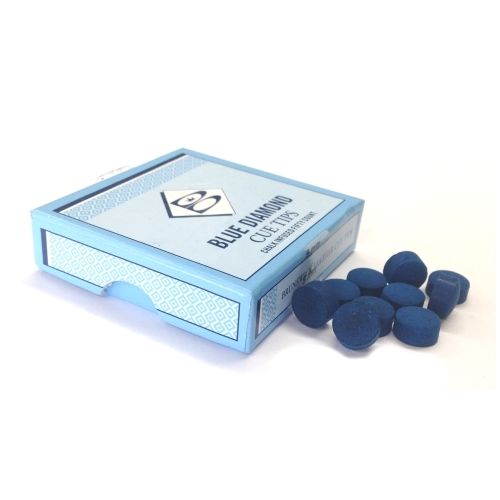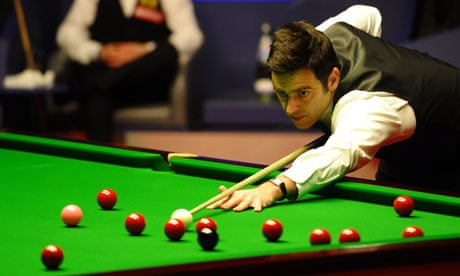
There are many options for 57 inch pool cues, no matter if you're a novice or a pro player. These are great for playing both American and British pool. A standard cue of 57 inches will suit most adults. For home or traveling, however, a 48-inch cue may suffice.
Pool cues up to 57 inches
A cue measuring 57 inches is the ideal length for playing standard-length pool. This cue is suitable for many adults. A 57-inch cue is suitable for both amateurs and professionals. A 3-piece cue can be good for travel, but if you are only playing at home, a one-piece cue could work.

Butt section
Two main components of a 57-inch pool cue are the shaft and butt. The shaft is made of maple, ash or other long-lasting materials. The butt portion is made out of rosewood or a heavier material. The butt section has a unique stylistic feature: the splice. It allows the designer the opportunity to add his or her own personal stamp to the cue. While cheaper cues might only have decals and paint, more expensive cues could have a tapered edge and smoother surface.
Ferrules
Ferrules attach to the cue shaft's end and are either metal or plastic tubes. They keep the tip of the cue in place and absorb shock so that the wood of the shaft does not break or crack. The shaft may also be affected by the impact of ferrules. The cue's appearance and feel can be affected by ferrules. A smaller ferrule reduces squirt which makes the cue more likely to snap or break the shaft.
Size of tip
When choosing the tip size for a 57-inch pool Cue, there are many factors to consider. Most pool cues have two pieces, which join in the middle. The thickness is usually in the thicker side. The tip diameter can vary from 16 to 21 ounces. However, the most common weights are 17 and 20 ounces. The tip diameter should also be based on the skill level of the player.

Buying guide
Buying a pool cue is a big decision, and it can be confusing when there are so many different options available. There are some key points to remember when shopping for new pool cues. The first thing to look for is quality. A quality cue will be smooth and free of any scratches or blemishes. Also, a new cue should feel comfortable to the touch. Be wary of parts that protrude from the basic shape of the cue, and don't choose a cue if it has visible glue or a damaged piece of wood.